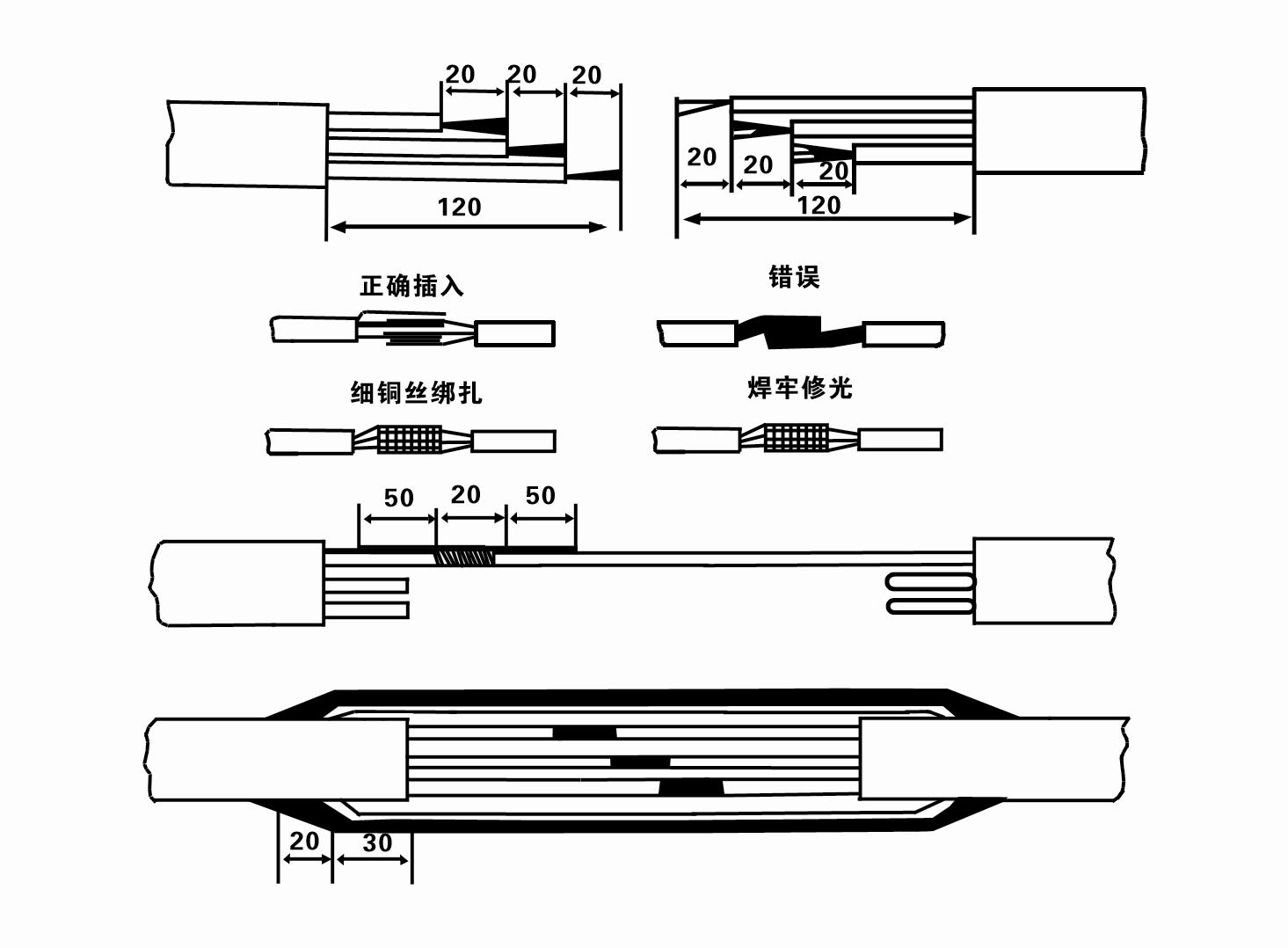Oct . 11, 2024 02:50 Back to list
submersible water pump problems and solutions
Common Submersible Water Pump Problems and Solutions
Submersible water pumps are essential for various applications, including residential water supply, irrigation, and dewatering. Despite their robust design and efficiency, these pumps can encounter issues that hinder their performance. Understanding common problems and their solutions can help users maintain their pumps effectively and ensure long-term reliability.
1. Pump Won't Start
One of the most common issues with submersible water pumps is that they refuse to start. This problem can stem from several factors
- Power Supply Issues Check if the power supply is functioning. Confirm that the circuit breaker hasn't tripped and that the pump is receiving electricity. Using a multimeter can help detect any electrical problems.
- Float Switch Malfunction If your pump is equipped with a float switch, ensure it is functioning correctly. A stuck or faulty float switch can prevent the pump from turning on. Clean or replace the float switch as necessary.
- Pump Overheating If the pump has been running for an extended period or is not submerged properly, it may overheat. Allow the pump to cool down, and ensure it is fully submerged in water during operation.
2. Insufficient Water Flow
Another common problem is insufficient water flow from the pump. This can result from various issues
- Clogged Intake Debris and sediment can accumulate at the pump's intake, restricting water flow. Inspect the intake screen and clean it regularly to prevent clogs.
- Blocked Discharge Pipe If the discharge pipe is blocked or kinked, it can restrict water flow. Check the pipes for any obstructions and clear them accordingly.
- Wrong Pump Size If the pump is not properly sized for the application, it may not provide the required flow. Consult with a pump specialist to ensure you have the right pump for your needs.
3. Overheating
Overheating can cause serious damage to submersible water pumps over time. Factors that contribute to overheating include
submersible water pump problems and solutions

- Low Water Levels The pump should always be submerged to prevent it from running dry. Regularly monitor the water level in the reservoir or well.
- Extended Running Time Continuous operation without breaks can lead to overheating. Schedule regular off-times for the pump, especially in high-demand situations.
- Faulty Bearings or Worn Parts Mechanical issues within the pump can cause excessive friction, leading to overheating. Regular maintenance and timely replacement of worn parts can alleviate this issue.
4. Unusual Noises
If your submersible pump is making unusual noises, it may indicate a problem
- Cavitation This occurs when the pressure in the pump drops below the vapor pressure of the water, leading to the formation of air bubbles that collapse and create noise. Cavitation can severely damage the pump, so it’s essential to address low water levels, blockages, or improper pump sizing immediately.
- Loose Components Over time, components may become loose, leading to rattling or clanking sounds. Regular inspection and maintenance can help tighten any loose parts.
5. Pump Cycling On and Off
Frequent cycling of the pump can result in wear and tear, reducing its lifespan. This issue is often caused by
- Float Switch Issues A malfunctioning float switch can cause the pump to turn on and off erratically. Make sure the float is unobstructed and functioning correctly.
- Variable Water Levels Rapid changes in water levels due to heavy rainfall or other factors can cause the pump to cycle frequently. Consider installing a larger capacity pump or adjusting the float switch to accommodate variable levels.
Conclusion
Maintaining a submersible water pump requires regular monitoring and maintenance to prevent common problems. By understanding the typical issues that can arise and implementing the suggested solutions, you can prolong the life of your pump and ensure it operates efficiently. Regular inspections, prompt repairs, and keeping the surrounding area free from debris are key strategies to minimize pump problems. Investing time in maintenance not only ensures the pump runs smoothly but also saves money in the long run by reducing the need for costly repairs or replacements.
-
Submersible Water Pump: The Efficient 'Power Pioneer' of the Underwater World
NewsJul.01,2025
-
Submersible Pond Pump: The Hidden Guardian of Water Landscape Ecology
NewsJul.01,2025
-
Stainless Well Pump: A Reliable and Durable Pumping Main Force
NewsJul.01,2025
-
Stainless Steel Submersible Pump: An Efficient and Versatile Tool for Underwater Operations
NewsJul.01,2025
-
Deep Well Submersible Pump: An Efficient 'Sucker' of Groundwater Sources
NewsJul.01,2025
-
Deep Water Well Pump: An Efficient 'Sucker' of Groundwater Sources
NewsJul.01,2025
-
 Submersible Water Pump: The Efficient 'Power Pioneer' of the Underwater WorldIn the field of hydraulic equipment, the Submersible Water Pump has become the core equipment for underwater operations and water resource transportation due to its unique design and excellent performance.Detail
Submersible Water Pump: The Efficient 'Power Pioneer' of the Underwater WorldIn the field of hydraulic equipment, the Submersible Water Pump has become the core equipment for underwater operations and water resource transportation due to its unique design and excellent performance.Detail -
 Submersible Pond Pump: The Hidden Guardian of Water Landscape EcologyIn courtyard landscapes, ecological ponds, and even small-scale water conservancy projects, there is a silent yet indispensable equipment - the Submersible Pond Pump.Detail
Submersible Pond Pump: The Hidden Guardian of Water Landscape EcologyIn courtyard landscapes, ecological ponds, and even small-scale water conservancy projects, there is a silent yet indispensable equipment - the Submersible Pond Pump.Detail -
 Stainless Well Pump: A Reliable and Durable Pumping Main ForceIn the field of water resource transportation, Stainless Well Pump has become the core equipment for various pumping scenarios with its excellent performance and reliable quality.Detail
Stainless Well Pump: A Reliable and Durable Pumping Main ForceIn the field of water resource transportation, Stainless Well Pump has become the core equipment for various pumping scenarios with its excellent performance and reliable quality.Detail
